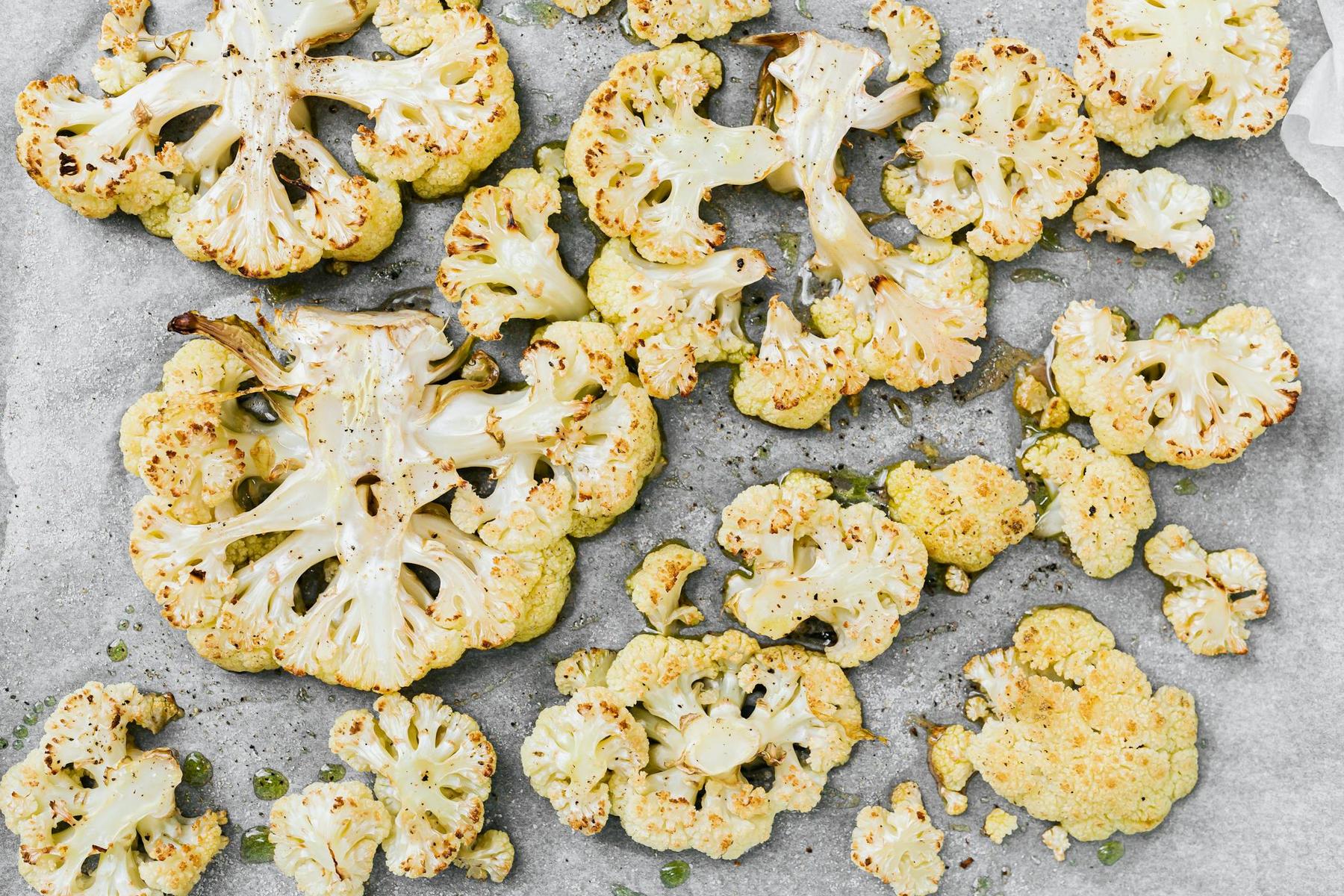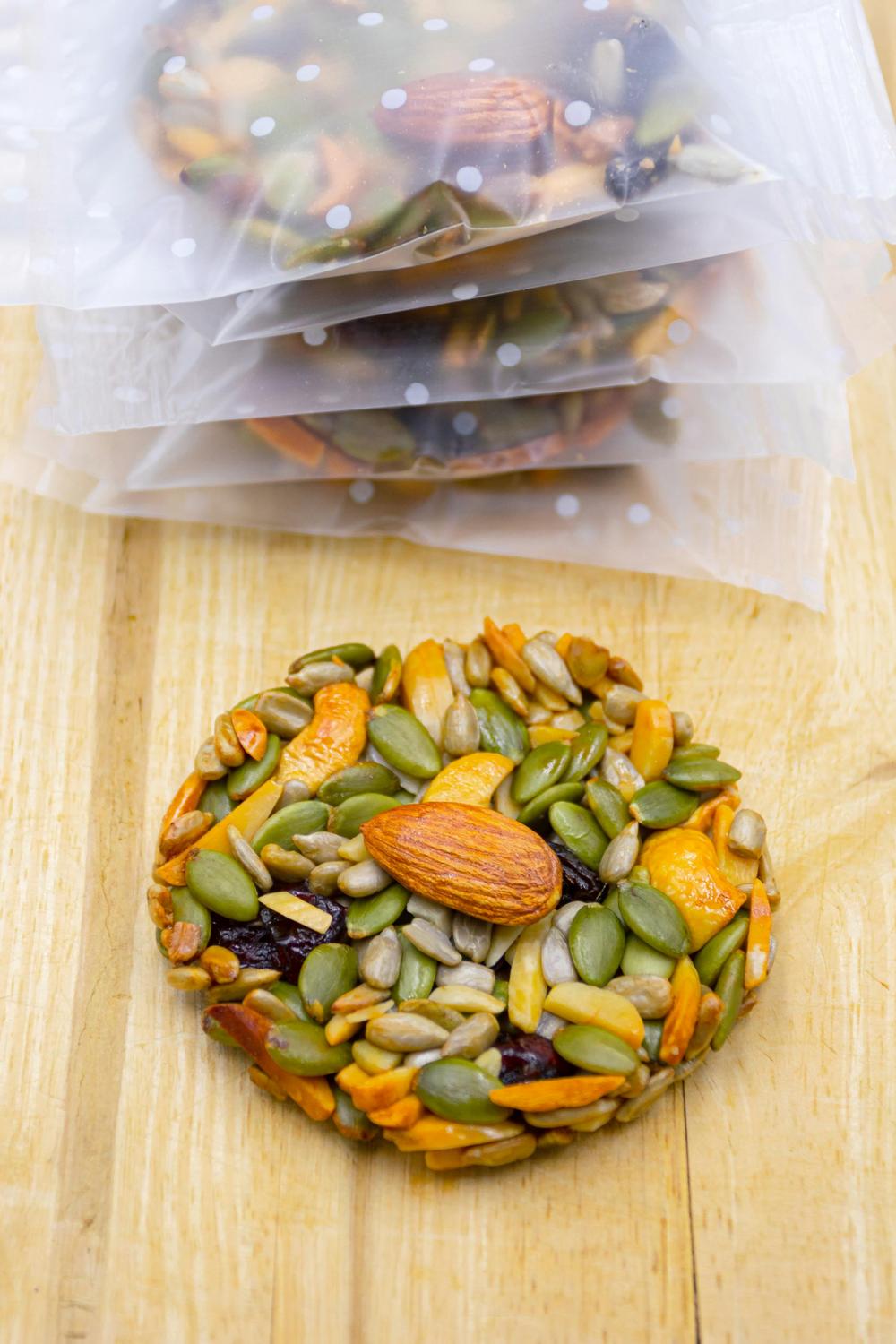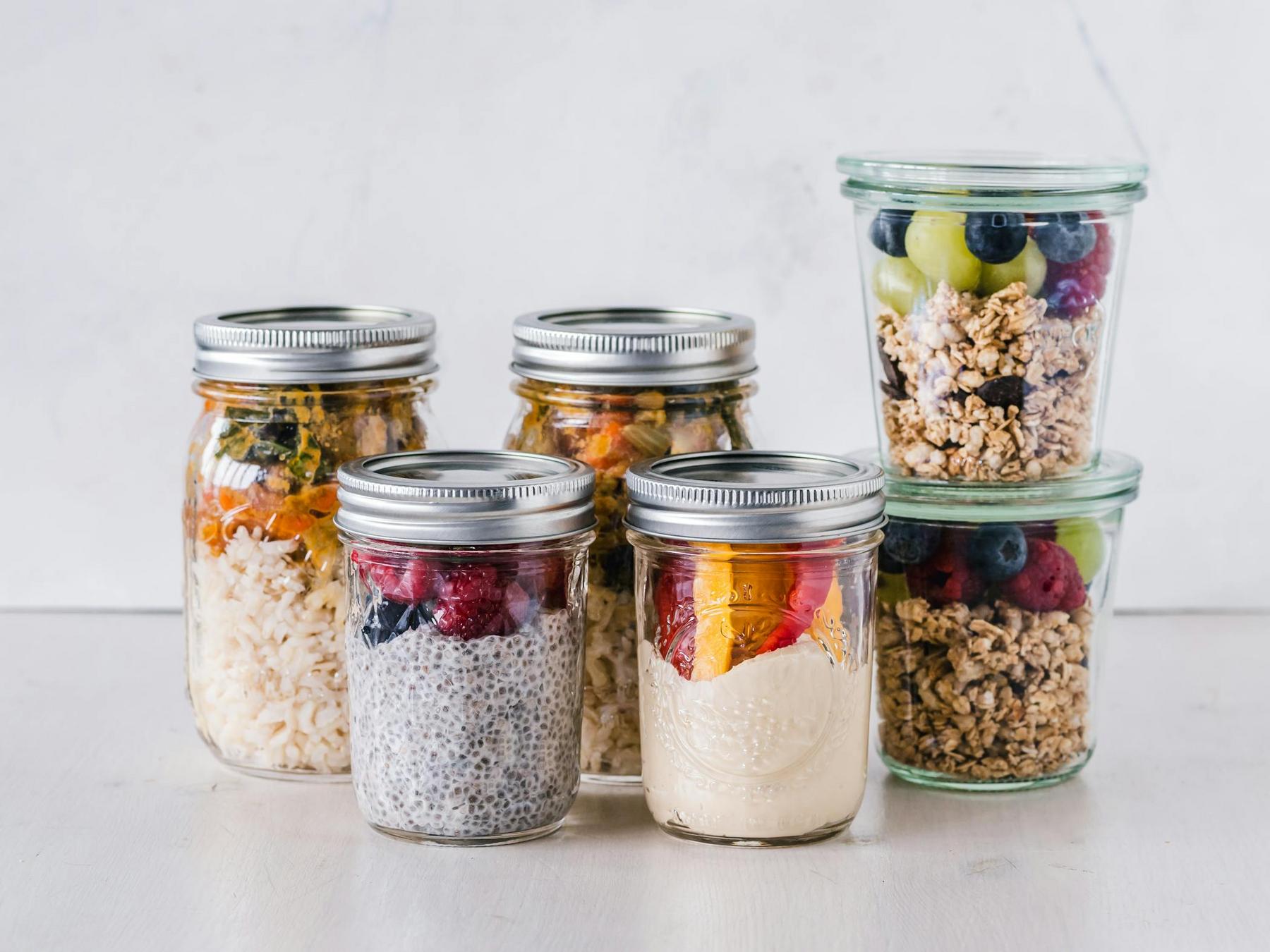The paradox of weight management often centres on a single persistent challenge: the foods we crave most—crispy, golden, satisfying—are typically the ones working against our health goals. For years, the advice remained frustratingly binary: sacrifice flavour for health, or indulge at metabolic cost. Air fryers have fundamentally altered this equation, offering a scientifically-validated pathway to achieving the textures and flavours of deep-fried foods whilst dramatically reducing fat and calorie intake. This technology represents more than convenience; it’s a practical tool for sustainable dietary modification supported by peer-reviewed research and clinical evidence.
How Do Air Fryers Create Crispy Results Without Deep Frying?
Air fryers function as compact convection ovens rather than traditional fryers, operating through a fundamentally different mechanism. A heating element generates temperatures reaching 204°C, whilst a powerful fan circulates hot air rapidly throughout the cooking chamber. This rapid air circulation—termed “Rapid Air Technology”—creates the Maillard reaction on food surfaces, the same chemical process responsible for the characteristic golden-brown crust in traditional frying.
The critical distinction lies in heat transfer methodology. Deep frying submerges food in oil, transferring heat through direct contact with hot fat. Air frying uses convection heating, surrounding food with circulating hot air that browns and crisps the exterior through moisture evaporation and surface chemical reactions. According to registered dietitian Julia Zumpano from Cleveland Clinic, “Air frying is a healthier option because it essentially eliminates added oils.”
Air fryer recipes typically require approximately 15mL (1 tablespoon) of oil compared to 750mL to 1.4L required for deep frying—representing over 100 times less oil. This minimal oil application serves primarily to facilitate browning and prevent sticking rather than as a cooking medium. The convection system compensates for reduced oil by creating intense, focused heat that achieves comparable textural results through different physical processes.
What Are the Measurable Health Benefits of Air Frying?
Fat and Calorie Reduction
Peer-reviewed research demonstrates substantial reductions in fat content when comparing air-fried to deep-fried preparations. Air frying reduces fat content by 50-75% compared to traditional deep frying methods. Research published in the Wiley Online Library found air-fried potatoes contained 70% less fat than deep-fried potatoes, translating to a reduction of approximately 45 kcal per 100g of food.
The caloric impact extends beyond simple fat reduction. WebMD reports that air fryers cut calories by 70-80% compared to traditional deep frying. A practical comparison illustrates this difference: 75g of McDonald’s small french fries contains 10.3g fat and 220 calories, whilst 100g of air-fried chips contains approximately 3g fat and 163 calories—representing 26% fewer calories and 86% less fat despite the larger portion.
Acrylamide Reduction
Acrylamide, classified as a “probable human carcinogen” by the International Agency for Research on Cancer, forms during high-heat cooking of carbohydrate-rich foods. A study published in Frontiers in Nutrition examined acrylamide formation in french fries prepared through different methods. Air frying at 190°C for 18 minutes reduced acrylamide by 47.31% compared to deep frying at 180°C for 6 minutes (342.37 ng/g versus 649.75 ng/g). Notably, this reduction occurred whilst maintaining equivalent consumer sensory ratings between preparation methods.
Some research from Cleveland Clinic indicates acrylamide reductions up to 90% with air frying, though variations depend on specific cooking parameters and food types. Pre-soaking potatoes before cooking reduces acrylamide formation across all preparation methods, providing an additional mitigation strategy for health-conscious cooks.
Cardiovascular Health Considerations
Deep frying at elevated temperatures increases trans fat concentrations in foods. Trans fats raise LDL cholesterol (low-density lipoprotein) whilst lowering HDL cholesterol (high-density lipoprotein), increasing risk of heart disease, stroke, and type 2 diabetes. Air fryers eliminate this concern by using minimal oil, dramatically reducing trans fat exposure when compared to traditional frying methods.
A 2015 study published in the Journal of the American Heart Association tracked male physicians’ fried food consumption, identifying a significant correlation between fried food frequency and heart failure risk. Air frying addresses this risk factor by fundamentally changing the fat-to-food ratio in prepared meals.
Which Foods Work Best in Air Fryers for Weight Management?
Protein-Forward Options
Lean proteins represent optimal candidates for air fryer recipes. Chicken breasts, thighs, and wings achieve crispy exteriors whilst maintaining internal moisture. Fish and seafood cook efficiently, though adding fresh herbs such as parsley or chives serves dual purposes—enhancing flavour whilst acting as antioxidants to reduce cholesterol oxidation products that can form during cooking.
Vegetable-Based Preparations
Research published in the journal Antioxidants examined how different thermal processing methods affected nutrient content in Brassica vegetables including kale, broccoli sprouts, Brussels sprouts, red cabbage, and green cabbage. Air-frying at 160°C for 10 minutes demonstrated the highest total phenolic content amongst all tested methods. Total phenolic content values ranged from 1.76 ± 0.11 mg GAE/g DW in green cabbage to 5.87 ± 0.23 mg GAE/g DW in broccoli sprouts.
This same research found air-frying showed the highest FRAP (ferric reducing antioxidant power) and metal ion chelation activity—measures of antioxidant capacity. The short cooking time at higher temperatures prevents nutrient leaching that occurs with water-based methods like steaming or boiling. Phenolic compounds preserved through air frying contribute to protective effects against type 2 diabetes, cardiovascular disease, and hypertension.
Root vegetables including sweet potatoes and regular potatoes, bell peppers, courgettes, asparagus, and mushrooms all perform well in air fryers. The convection heating creates even browning whilst preserving internal structure and nutrient content.
Starch Digestibility Considerations
The study on french fries published in Frontiers in Nutrition examined how air frying affects starch digestibility, categorising starches into three types: rapidly digestible starch (RDS), slowly digestible starch (SDS), and resistant starch (RS). Air-fried preparations showed SDS levels of 48.54-58.42%, higher than deep-fried alternatives. Foods containing higher SDS proportions maintain more stable blood glucose levels, avoiding the rapid spikes associated with RDS. This characteristic proves particularly relevant for individuals managing weight, as stable glucose levels support more consistent appetite regulation.
How Does Air Frying Compare to Traditional Cooking Methods?
| Cooking Method | Fat Content | Acrylamide Level | Nutrient Preservation | Indoor Air Pollution (PM) | Cooking Time |
|---|---|---|---|---|---|
| Deep Frying | Baseline (100%) | Baseline (100%) | Low (nutrient loss) | 7.7 μg/m³ | 3-5 minutes |
| Pan Frying | 70-80% of deep frying | Varies | Moderate | 92.9 μg/m³ | 8-12 minutes |
| Air Frying | 25-50% of deep frying | 47-90% reduction | High (phenolics preserved) | 0.6 μg/m³ | 10-20 minutes |
| Steaming | Minimal added fat | Not applicable | Moderate (water leaching) | 0.7 μg/m³ | 10-15 minutes |
| Baking | Minimal added fat | Lower than frying | Good | Not measured | 20-30 minutes |
Indoor Air Quality Implications
A peer-reviewed study published in the journal Indoor Air in November 2024 examined how different cooking methods affect home air quality. Researchers at the University of Birmingham conducted 90 controlled experiments, measuring particulate matter and volatile organic compounds released during preparation of 120g chicken breast portions.
Air frying produced the lowest pollution levels across both measures: 0.6 μg/m³ particulate matter (compared to 92.9 μg/m³ for pan frying) and 20 parts per billion volatile organic compounds (compared to 260 ppb for pan frying). Professor Christian Pfrang, lead researcher, concluded: “Switching from pan-frying and stir-frying to air-frying will substantially decrease indoor air pollutant exposure.” This finding holds particular relevance given that indoor air pollution from cooking correlates with respiratory disease, cardiovascular disease, and cancer. The National Institute of Environmental Health Sciences reports 3.8 million people worldwide die yearly from illnesses attributed to indoor air pollution.
What Does the Research Say About Air Fryer Safety?
Physical Safety Advantages
Deep frying presents inherent hazards including hot oil splatters, burn risks, and fire danger when oil reaches ignition temperatures above 190°C. Air fryers eliminate these concerns through enclosed chamber design, preventing splashing and accidental oil contact. The equipment incorporates safety features specifically engineered for secure operation.
Chemical Safety Considerations
Polycyclic aromatic hydrocarbons (PAHs), carcinogens produced when cooking oils reach elevated temperatures, form in significantly lower quantities during air frying due to minimal oil use. A 2020 study referenced by Medical News Today found air frying produced less acrylamide and PAH in chicken preparations compared to deep frying.
Regarding non-stick coatings, some air fryers utilise PTFE (Teflon) or contain BPA in construction materials. Modern Teflon manufactured after 2013 is PFOA-free, addressing concerns about perfluorooctanoic acid previously linked to health issues. Consumers can minimise any residual risk by using silicone utensils, maintaining cooking temperatures below 260°C, and avoiding metal implements on non-stick surfaces. Ceramic or stainless steel alternatives provide options for those preferring to avoid fluoropolymer coatings entirely.
Oil Selection Matters
Not all oils perform equally in air fryer applications. Extra-virgin olive oil provides high antioxidant content and anti-inflammatory properties. Avocado oil offers a high smoke point suitable for elevated cooking temperatures alongside beneficial fat profiles. Canola oil contains high levels of monounsaturated fats whilst remaining low in saturated fats.
Research indicates seed oils including sunflower, soybean, and corn oil degrade more readily during heating than olive oil, with sunflower oil producing the highest quantities of aldehydes—compounds considered potentially carcinogenic. The minimal oil requirements of air frying make higher-quality oils economically feasible for regular use.
How Can You Optimise Air Fryer Recipes for Maximum Nutrition?
Temperature and Timing Parameters
Research on french fries identified optimal cooking parameters that balance food safety, nutrient preservation, and sensory quality. Settings of 180-200°C for 18-21 minutes achieved sensory scores comparable to deep-fried products whilst minimising hazard formation. These temperatures ensure adequate Maillard reaction development for desired browning and flavour whilst avoiding excessive heat that accelerates harmful compound formation.
Moisture Management Strategies
Controlling moisture content critically affects both hazard formation and final product quality. Pre-soaking vegetables reduces acrylamide formation across all cooking methods. Patting foods dry before air frying influences crispiness development and browning intensity. Proper basket arrangement prevents over-drying by allowing adequate air circulation without excessive moisture loss.
Practical Application Techniques
For optimal results with air fryer recipes for crispy, low-oil meals, preheat the appliance for 3-5 minutes before adding food. Arrange items in a single layer with minimal overlap to ensure even air circulation. Shake the basket or turn foods halfway through cooking for uniform browning. Season with herbs and spices rather than relying on salt or high-calorie sauces to maintain the health benefits of reduced oil cooking.
When preparing breaded items, hand-breading produces superior results compared to wet batters, which may drip through basket perforations. A light oil spray or brush application provides sufficient fat for browning without approaching deep-frying quantities.
Integrating Air Fryers into Sustainable Eating Patterns
Air fryers represent more than a cooking appliance—they constitute a practical tool for dietary modification that addresses the texture and flavour satisfaction crucial for long-term adherence to healthier eating patterns. The technology resolves the false dichotomy between palatability and health, enabling preparation of foods that satisfy sensory preferences whilst supporting nutritional goals.
For individuals managing weight, the 70-80% calorie reduction compared to deep-fried alternatives creates meaningful daily caloric differences without requiring elimination of enjoyed food categories. The preservation of phenolic compounds and antioxidants in vegetables cooked via air frying supports broader health outcomes beyond weight management, including cardiovascular health and metabolic function.
The evidence base supporting air fryer use encompasses multiple peer-reviewed studies, government health organisation recognition, and clinical nutritionist endorsement. This convergence of scientific validation and practical accessibility positions air fryers as valuable implements for Australian households pursuing health improvement through dietary modification. The technology aligns with evidence-based weight management principles whilst remaining sufficiently simple for consistent home use—a critical factor in sustainable behaviour change.
Research demonstrates that up to 75% of calories in deep-fried foods derive from fat content. By reducing added fats, air fryer recipes for crispy, low-oil meals fundamentally alter this macronutrient distribution whilst maintaining the textural elements that drive food satisfaction and dietary adherence.
Skip the struggles. Our patients achieve <20.2% weight reduction with medical weight loss treatments delivered straight to their door. No clinics. No waiting. Just results. See if you’re eligible for our medical weight loss treatments – take our quiz.
Do air fryers actually reduce calories in food?
Yes, air fryers reduce calories by 70-80% compared to traditional deep frying according to research cited by WebMD. This reduction occurs primarily through decreased fat content — air frying requires approximately 15mL of oil versus 750mL-1.4L for deep frying. Since fat contains 9 calories per gram compared to 4 calories per gram for protein and carbohydrates, eliminating excess oil substantially lowers total caloric content whilst maintaining similar texture and taste profiles.
Are air-fried foods safe regarding cancer risk?
Air frying significantly reduces the formation of acrylamide, a compound classified as a ‘probable human carcinogen’ by the International Agency for Research on Cancer. Research published in Frontiers in Nutrition found air frying reduced acrylamide by 47.31% compared to deep frying, with some Cleveland Clinic research indicating reductions up to 90%. Pre-soaking potatoes before cooking further reduces acrylamide formation. Additionally, air frying produces substantially less polycyclic aromatic hydrocarbons (PAHs) due to minimal oil use.
Which vegetables benefit most from air frying?
Research published in the journal Antioxidants examined Brassica vegetables and found that air-frying at 160°C for 10 minutes retained the highest total phenolic content. Vegetables such as kale, broccoli sprouts, Brussels sprouts, red cabbage, and green cabbage, as well as root vegetables like sweet potatoes and regular potatoes, show excellent performance in the air fryer by preserving antioxidant capacity and achieving a crispy texture.
Can air fryers help with weight management?
Air fryers support weight management by enabling the preparation of lower-calorie versions of high-fat foods. The significant reduction in fat content (50-75% less fat) leads to fewer calories without sacrificing texture, making it easier to enjoy traditionally high-fat foods in a healthier way. This reduction helps maintain stable blood glucose levels and contributes to sustainable dietary patterns.
How does air frying compare to oven baking for nutrition?
While both air frying and oven baking avoid excessive added fat, air frying demonstrates advantages in nutrient preservation for certain foods. Studies show that air frying retains more phenolic compounds and antioxidants due to shorter cooking times and less nutrient leaching compared to baking. Additionally, air frying often creates a crisper exterior, which can improve palatability and support dietary adherence.



